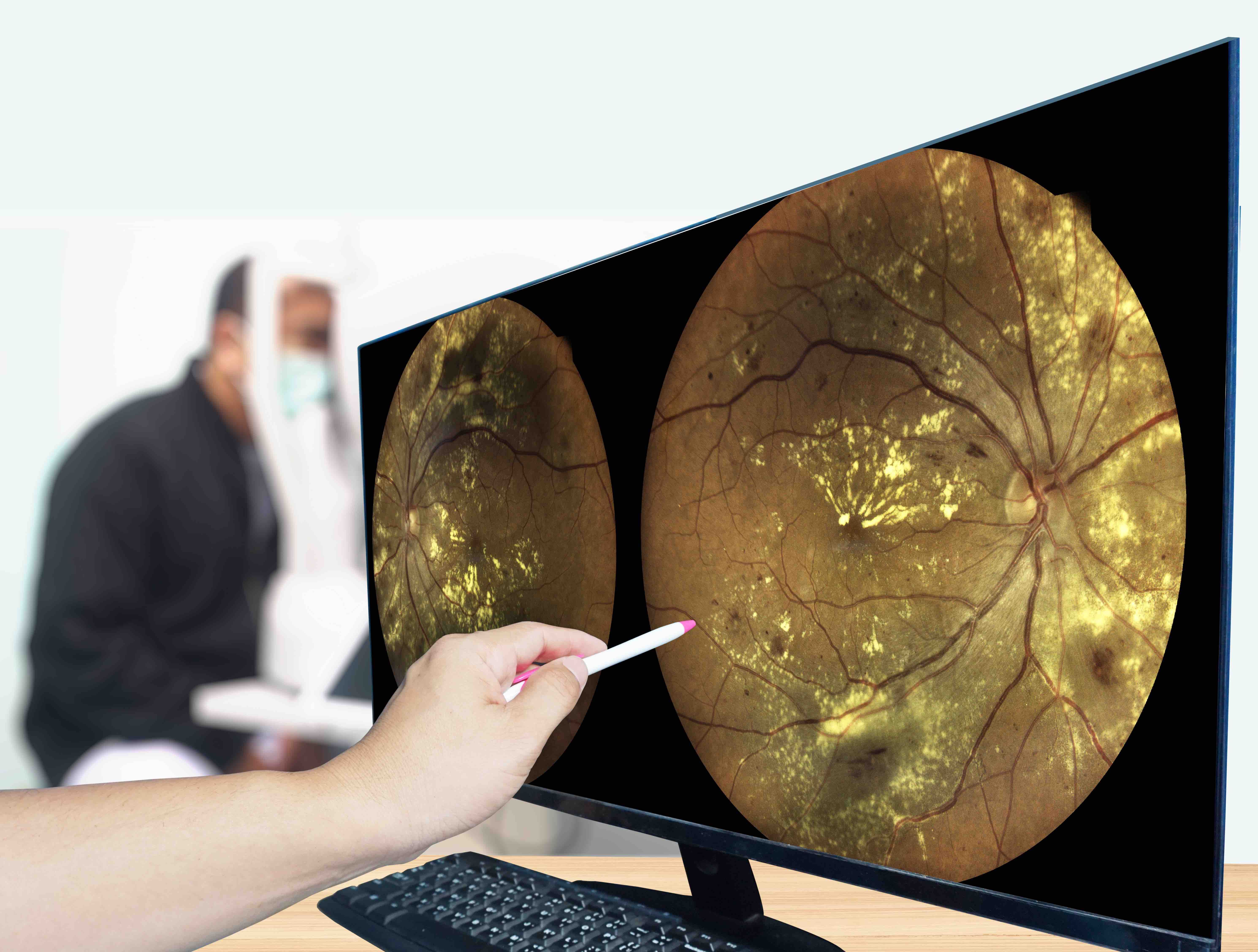Video
Overview of Homozygous and Heterozygous Familial Hypercholesterolemia (HoFH)
Eliot Brinton, MD, opens a discussion surrounding the treatment landscape for patients with homozygous familial hypercholesterolemia (HoFH).
EP: 1.Overview of Homozygous and Heterozygous Familial Hypercholesterolemia (HoFH)
EP: 2.Patient Outcomes Impacted by HoFH
EP: 3.Presentation of Homozygous FH
EP: 4.Importance of Early Identification and Diagnosis of HoFH
EP: 5.Childhood Diagnosis of HoFH
EP: 6.Guideline-Directed Treatment for Patients with HoFH
EP: 7.Drivers of Health Care Utilization in Patients with HoFH
EP: 8.HoFH Treatment Landscape
EP: 9.Role of LDL-C Apheresis in Treatment of HoFH
EP: 10.Treatment of HoFH involving Lomitapide and Evinacumab (Part 1)
EP: 11.Lomitapide and Evinacumab for Treatment of HoFH: Part 2
EP: 12.Barriers to Care Access for Patients with HoFH
EP: 13.Navigating Required Documentation for Treatment in HoFH
EP: 14.How Payers can Improve Access to Care for Patients
EP: 15.Unmet Needs in Treatment of HoFH
EP: 16.HoFH Treatments on the Horizon
Eliot Brinton, MD: I’m Dr Elliot Brinton. I’m the president of the Utah Lipid Center in Salt Lake City, Utah. We’re the only LDL [low-density lipoprotein] apheresis center between Denver and the West Coast, which tells you we don’t have enough apheresis centers if I have to cover parts of 7 states. But it’s a pleasure to be here to talk about homozygous FH [familial hypercholesterolemia]. Homozygous familial hypercholesterolemia [HoFH] is a very important genetic disorder. I’ve been looking at it for 4 decades. In recent years I served as president of the American Board of Clinical Lipidology. There’s board certification for clinical lipidology, and it was my privilege to help guide that for a couple of years.
Homozygous FH is the rare cousin of heterozygous FH. Heterozygous FH is the most common and clinically important monogenic disorder in the world. It’s quite common—1 of 100 individuals have this. Homozygous FH is much more rare. It occurs in 4 per 1 million. It’s even in its distribution around the world, except for certain hot spots. Several populations are known to have a high prevalence of heterozygous and homozygous FH: French Canadians, South African Afrikaners, and Lebanese Christians, are some of the populations known for this. With those exceptions, it’s around 3 or 4 per 1 million worldwide, with genetic hot spots that have to do with the founder effect.
It’s not common, but it occurs around the world. It’s independent of race and sex. Cholesterol tends to go up with age, but homozygous FH presents very early in childhood. That’s a key factor about HoFH. We’re not dealing with a typical middle-aged or older patient with high cholesterol. We’re focusing on starting diagnosis and treatment as young as possible.
Transcript edited for clarity.




